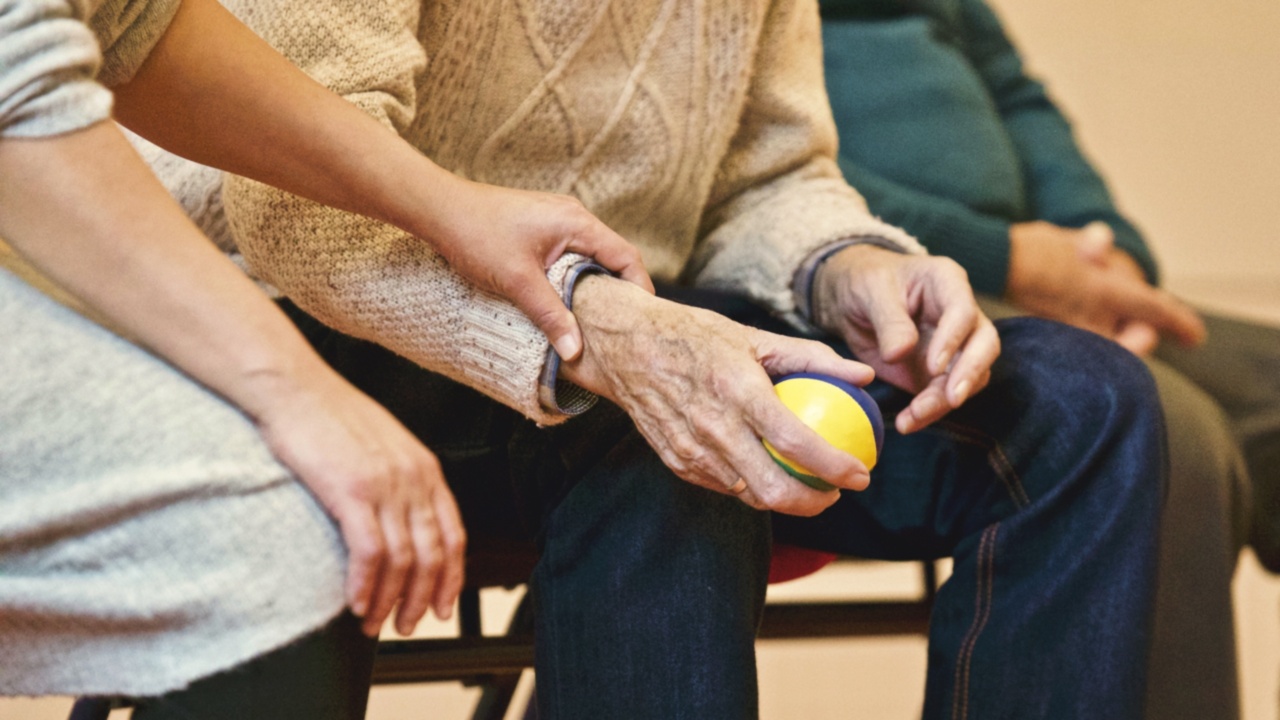Our skin is the largest organ in our body and it serves as the protective barrier against the external environment.
But did you know that your skin can also provide valuable insights into your overall health? Various skin conditions, changes in skin color or texture, and even the appearance of specific skin features can indicate underlying health issues. In this article, we will explore what your skin can tell you about your health.
1. Pale or Yellowish Skin
A pale or yellowish skin tone can be a symptom of several health problems. One possible cause is anemia, which occurs when you have low levels of red blood cells or hemoglobin. Hemoglobin carries oxygen to various parts of the body, including the skin.
When levels are low, it can result in paleness.
Another condition that can cause yellowish skin is jaundice. Jaundice happens when there is a buildup of bilirubin in the blood, which is a yellow pigment produced by the liver.
Liver diseases, such as hepatitis or cirrhosis, can lead to jaundice and yellowing of the skin.
2. Dry and Itchy Skin
Dry and itchy skin is a common problem that can have many causes. One possibility is dry skin, which occurs when the skin lacks sufficient moisture.
This can be exacerbated by factors such as cold weather, low humidity, or excessive bathing or showering with hot water.
Another cause of dry and itchy skin can be eczema. Eczema is a chronic condition characterized by inflammation of the skin. It can cause the skin to become red, itchy, and dry. Some individuals may also experience the formation of rough, scaly patches.
3. Acne and Breakouts
Acne is a common skin condition that affects many individuals, particularly during adolescence. While acne can be influenced by hormonal changes and genetics, it can also reflect underlying health issues.
One potential cause of frequent acne breakouts is hormonal imbalance. Hormonal fluctuations can stimulate the production of excess sebum, an oily substance secreted by the skin.
This excess sebum can clog pores and lead to the formation of pimples or acne lesions.
Additionally, certain medical conditions such as polycystic ovary syndrome (PCOS) can contribute to hormonal imbalances and acne.
PCOS is a condition that affects the ovaries and can cause an excess production of androgens, male hormones that can impact the skin.
4. Dark Circles Under Eyes
If you frequently notice dark circles under your eyes, it could be a sign of several factors, both related to health and lifestyle. One common cause is lack of sleep or poor sleep quality.
Inadequate rest can cause blood vessels under the thin skin around the eyes to dilate, resulting in the appearance of dark circles.
Allergies can also contribute to the formation of dark circles. When exposed to allergens, such as pollen or pet dander, the body releases histamines. Histamines can cause blood vessels to expand, leading to dark circles.
5. Yellow Nails
Yellow nails can indicate various health conditions. One possible cause is a fungal infection. Fungal infections can affect the nails, causing them to become discolored, thickened, and brittle. If left untreated, the infection can spread to other nails.
Additionally, yellow nails can be a sign of a respiratory condition such as chronic bronchitis. In this case, discoloration occurs due to the presence of nicotine and other chemicals from cigarette smoke that stain the nails.
6. Hair Loss
Excessive hair loss or noticeable thinning can be distressing and may serve as an indication of an underlying health issue. One common cause of hair loss is telogen effluvium.
Telogen effluvium is a condition characterized by excessive shedding of hair as a response to changes in the body, such as hormonal fluctuations, illness, or nutritional deficiencies.
Autoimmune disorders, such as alopecia areata, can also cause hair loss. Alopecia areata is a condition where the immune system mistakenly attacks hair follicles, resulting in hair loss in small patches. In some cases, hair loss can be more extensive.
7. Rash or Hives
A sudden appearance of a rash or hives on the skin can be a sign of an allergic reaction or an underlying health condition. Allergic reactions can be triggered by various substances, including certain foods, medications, or insect bites.
Another condition that presents with a rash is lupus. Lupus is an autoimmune disease that can affect multiple organs, including the skin. A characteristic rash called the “butterfly rash” often appears across the cheeks and nose.
8. Swollen or Puffy Skin
Swollen or puffy skin can be symptomatic of various health issues. One common cause is fluid retention, which can occur due to factors such as hormonal changes, kidney problems, or certain medications.
Underactive thyroid or hypothyroidism can also lead to facial swelling or puffiness. When the thyroid gland does not produce enough thyroid hormones, it can cause fluid accumulation and a puffy appearance.
9. Excessive Sweating
If you find yourself sweating excessively, it may be a sign of an underlying health condition. One possible cause is hyperhidrosis, a condition characterized by excessive sweating beyond what is necessary to regulate body temperature.
Hyperhidrosis can be primary, meaning it arises without an identifiable cause, or secondary, where it occurs as a result of an underlying medical condition or medication use.
Conditions such as menopause, diabetes, hyperthyroidism, or anxiety disorders can all contribute to excessive sweating.
10. Wrinkles and Aging Signs
As we age, wrinkles and other signs of aging become more apparent on our skin. While aging is a natural process, certain factors can accelerate skin aging and lead to the premature appearance of wrinkles.
Excessive sun exposure is one of the primary causes of premature skin aging.
The sun’s ultraviolet (UV) rays can damage the collagen and elastin fibers in the skin, leading to the breakdown of these supportive structures and the formation of wrinkles.
Other lifestyle factors, such as smoking and poor nutrition, can also contribute to skin aging. Smoking restricts blood flow to the skin, depriving it of oxygen and essential nutrients.
Unhealthy diets lacking in vitamins and antioxidants can also impair the skin’s ability to repair and protect itself.






























